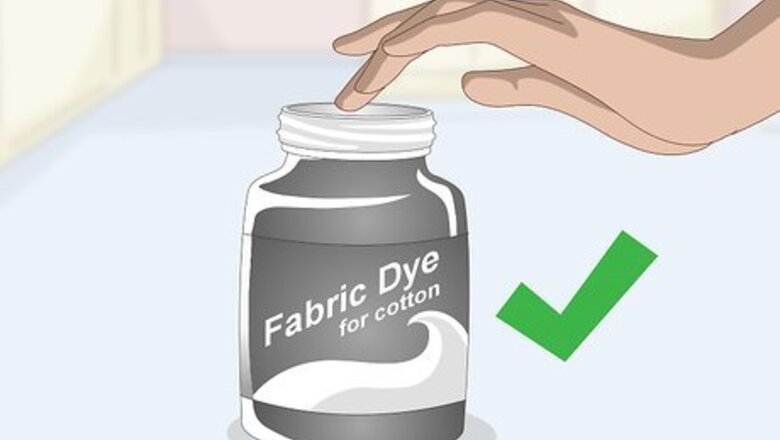
views
Making a Dye Bath
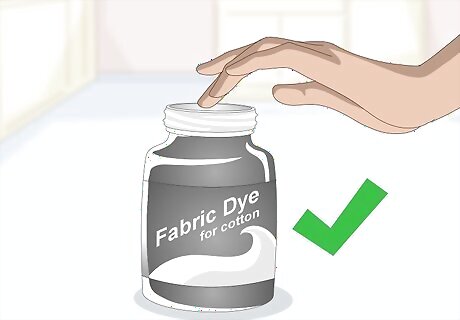
Use a black fabric dye designed for your kind of fabric. If your fabric is made out of natural fibers like cotton, linen, silk, and wool, most fabric dyes will work. If your fabric is made out of synthetic materials like polyester, spandex, and acrylic, look for a black fabric dye that says “synthetic fibers” on the label. Non-synthetic fabric dyes may not dye fabrics made with synthetic materials.
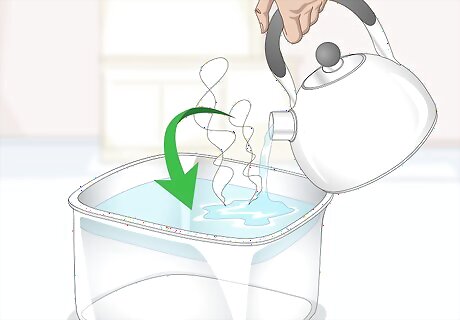
Fill a large container with boiling hot water. A large bowl or bucket will work. Make sure the container is large enough to hold the piece of fabric you're dyeing. Fill the container with enough water that you'll be able to completely submerge your piece of fabric. Using boiling water will give you the best results, but your fabric will still dye if you just use hot water from a tap. If you have access to a stovetop and large pot, you can make your dye bath on the stovetop and turn the burner to low. Keeping the water hot throughout the dye process will make the final color darker.

Pour black fabric dye into the container of water. Read the label on the back of the fabric dye to see how much you should use. Keep in mind that the more fabric dye you use, the darker the final color will be. If you want your fabric to be a dark, solid black, you may want to use an entire container of fabric dye. Stir the dye thoroughly with a spoon. You can find a black fabric dye online or at your local fabric store.
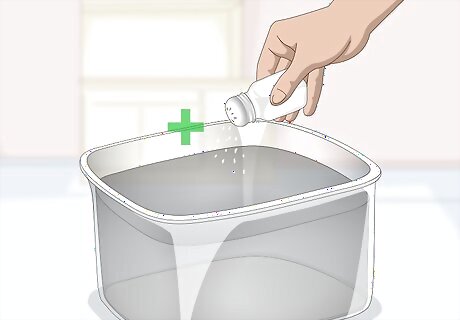
Add table salt to the dye bath if you want a more vibrant color. Use .25 cups (59 mL) of salt per .5 pounds (0.23 kg) of fabric you're dyeing. Thoroughly stir the salt into the dye bath with a spoon. For example, if you're dyeing 3 pounds (1.4 kg) of fabric, you would use 1.5 cups (350 mL) of salt.
Dyeing
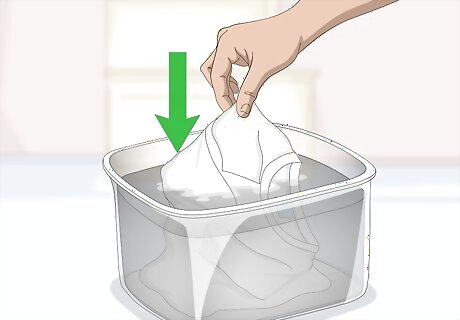
Put the fabric in the dye bath. Make sure the fabric is completely submerged in the bath. Press down on the fabric using a long metal utensil, like a spatula or spoon, to get out any air bubbles that are trapped in the fabric.
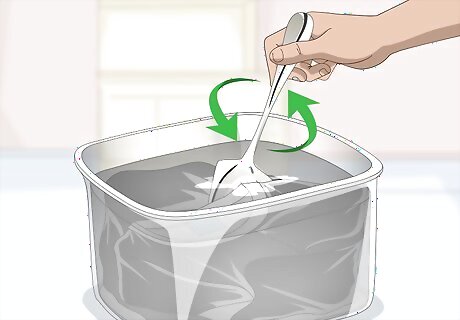
Stir the fabric in the dye bath periodically with a metal utensil. As you're stirring it, turn the fabric over in the container and unfold it with the utensil. That way all of the fabric will be exposed to the dye.

Let the fabric soak in the dye bath for 30-60 minutes. The longer you let the fabric soak in the dye bath, the darker the final color will be. Make sure you let the fabric soak for at least 30 minutes or the dye may not stick to the fabric. Sasha Duerr, Botanical Color & Natural Dyeing Expert When seeking to dye fabric an opaque, rich black, iron-heavy oak galls produce the most lightfast results. Simmer powdered oak galls for an hour, then immerse pre-mordanted wool, silk, or plant fibers for 30-60 minutes. The high tannin content binds the iron to the fibers, imparting a deep charcoal shade that does not easily fade or bleed when washed.
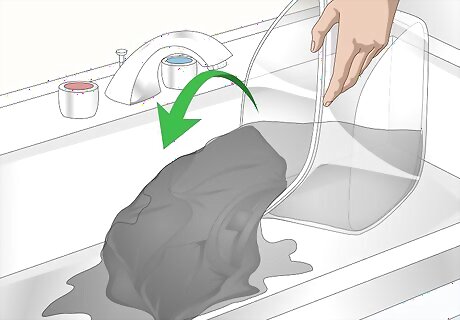
Dump the dye bath out in a sink or bathtub. Once all the dye is down the drain, leave the piece of fabric in the sink or tub. Avoid dumping the dye bath out outside.
Rinsing and Washing
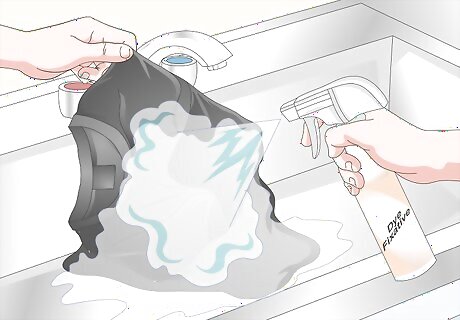
Apply a dye fixative before you rinse the fabric for an enhanced color. Dye fixative will help the dye cling to the fibers in your fabric so the final color looks more vibrant. If you decide to use a dye fixative, spray it over the entire surface of the fabric so the fabric is heavily coated. Let the dye fixative soak into the fabric for 20 minutes. You can find dye fixative online or at your local fabric store.
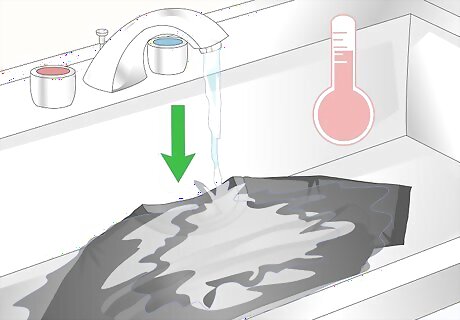
Rinse the excess dye off of the fabric with hot water at first. Rinse the fabric in the sink or tub you dumped the dye bath out in. Unfold the fabric so that it's all exposed to the running water.
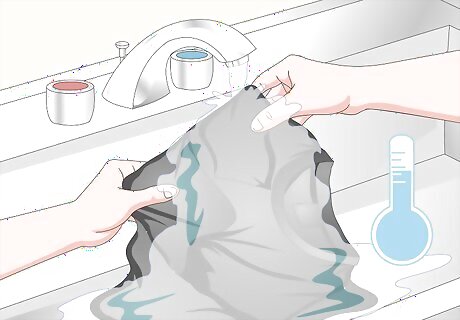
Rinse the fabric under cold water until the water runs clear. Make sure you wait until the water runs clear or there could still be leftover dye in the fabric. Once the water runs clear, stop rinsing the fabric and ring out any excess water.
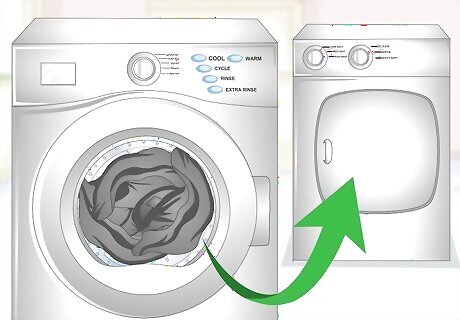
Machine wash and dry the fabric by itself on a normal setting. Washing the fabric by itself will prevent any leftover dye from transferring to your other laundry. After its first wash, your fabric should be OK to wash with your other laundry. If you're worried about your fabric shrinking in the dryer, hang dry it instead.
















Comments
0 comment